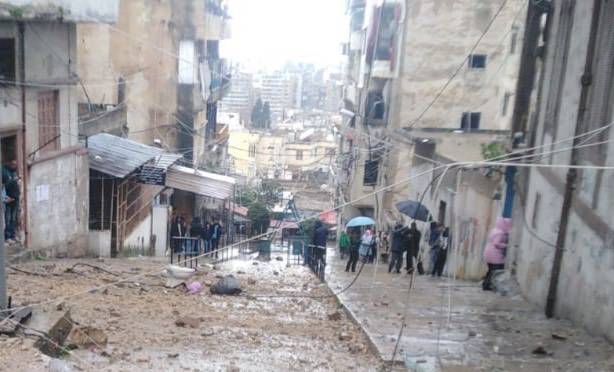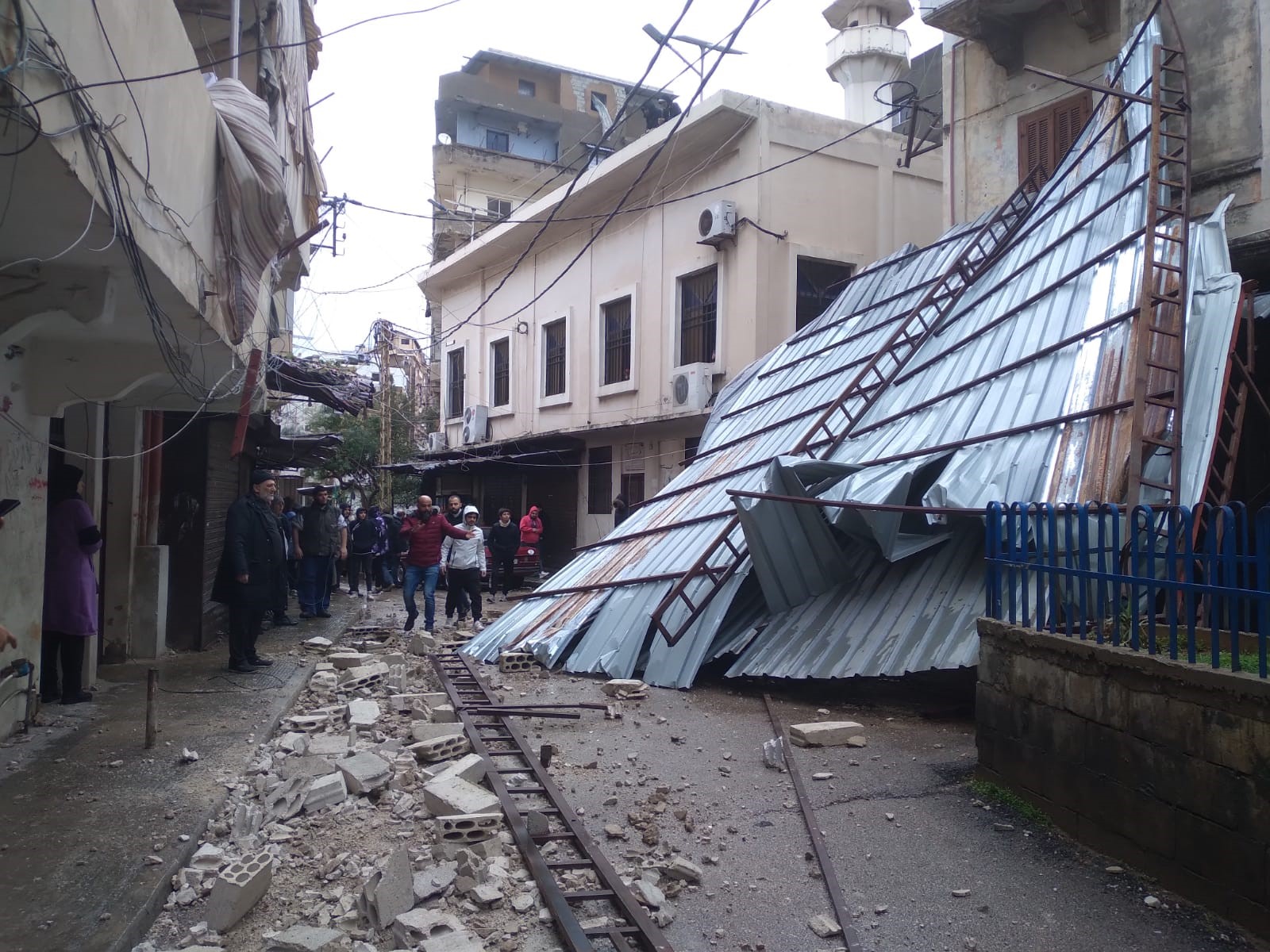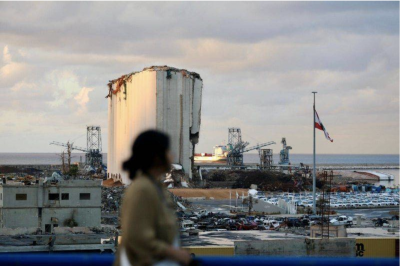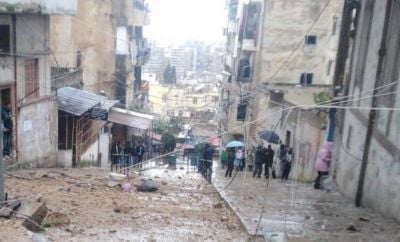
Damage caused by the earthquake in Tripoli, North Lebanon, February 6, 2023. (Credit: Michel Hallak/L'Orient-Le Jour)
On Monday, the president of the Lebanese Association of Properties, Andira al-Zouhairi, warned of the “increased risk of building collapse,” following the deadly earthquake that struck Turkey and Syria on Monday morning,
“The situation is dangerous,” Zouhairi told L’Orient-Le Jour, adding that the current harsh weather in Lebanon aggravates risks of building collapse. The country’s ongoing economic crisis hinders regular building maintenance and repair, further exacerbating the risks caused by the quake.
Faced with these risks, the Interior Ministry declared a “state of municipal emergency” and tasked the High Relief Committee with preparing a detailed report on the damaged buildings.
‘Time bomb’
“We must not take lightly the earthquake in Turkey and its aftershocks that affected Lebanon,” said Zouhairi, recalling that “many buildings in Lebanon were already in a dilapidated state” even before the earthquake.
The expert said “more than 16,200 buildings are at risk of collapse across the country, including 4,000 in Tripoli and 10,460 in Beirut that were structurally compromised even “before the [Aug. 4] port explosion.”
“After the Aug. 4 tragedy, the army inspected 20 percent of the damaged area in the capital and found that 85,744 units had been affected, [including] 60,018 apartments, 14,075 shops, 5,042 businesses, 1,173 buildings as part of the architectural heritage, 962 restaurants, 82 schools and educational institutions in general and 12 hospitals,” Zouhairi added.
“There are also buildings at risk in Nabaa, Bourj Hammoud, Mount Lebanon and Sour in the South,” she said.
According to Zouhairi, “the damaged buildings, especially following the tremors, constitute a time bomb.”
“The situation is dangerous. Some damage may not be immediately noticeable and may appear later, such as cracks in the walls,” she warned, calling on “the citizens to monitor the condition of their houses.”
Zouhairi added that the High Relief Committee and the Interior Ministry must carefully assess buildings at risk and take the necessary measures to prevent collapses.
With assessment measures pending, Zouhairi cannot provide figures on buildings that are now considered at-risk due to the earthquake and winter storm.
The violent storms that began last week “are indeed an additional risk factor … The storm and the current rainfall could dramatically accelerate the disaster,” warned Zouhairi who also said she is worried about “the impact of humidity on the already dilapidated buildings.”
To avoid danger, “citizens must evacuate buildings at risk and keep a safe distance” from any structure at risk of collapse, she said.
 Collapsed roof in Nahr el-Bared, North Lebanon, due to bad weather, February 6, 2023. ((Credit: Michel Hallak/L'Orient-Le Jour)
Collapsed roof in Nahr el-Bared, North Lebanon, due to bad weather, February 6, 2023. ((Credit: Michel Hallak/L'Orient-Le Jour)
‘State of municipal emergency’
Faced with these warnings, head of the High Relief Committee Mohammad Kheir told L’Orient-Le Jour that his teams “were not alerted to any extensive damage but remain ready to respond to any call.”
He said he is “cooperating closely” with the Interior Ministry, which asked him to inspect buildings damaged by the earthquake and rainfall and to submit a detailed report.
In parallel, caretaker Interior Minister Bassam Mawlawi declared “a state of municipal emergency” on Monday and called on municipalities to “identify any damage to buildings and report them to the High Relief Committee and the Disaster Risk Management Unit.”
Mawlawi also instructed the municipal police in each affected locality to ensure that solar panels installed on roofs are still secure despite the storm.
“If not, residents will be asked to reinforce the installations or uninstall them,” he said.
Structural strengthening
“If the parties concerned do not restore the affected buildings, they must at least reinforce their structures,” Zouhairi said, noting that “overcrowded areas and those with tightly packed buildings are most at risk.”
“Any incident could endanger the inhabitants as well as the passers-by and the neighboring buildings,” she underlined, highlighting that “the economic crisis … has considerably slowed down the maintenance works during the past years due to the exorbitant prices of materials.”
Zouhairi also said she “called on the UN in a missive submitted last week to push the Lebanese state to carry out reforms designed to enhance the safety of the damaged buildings.”
This article was originally published in French in L'Orient Le-Jour. Translation by Joelle El Khoury.

